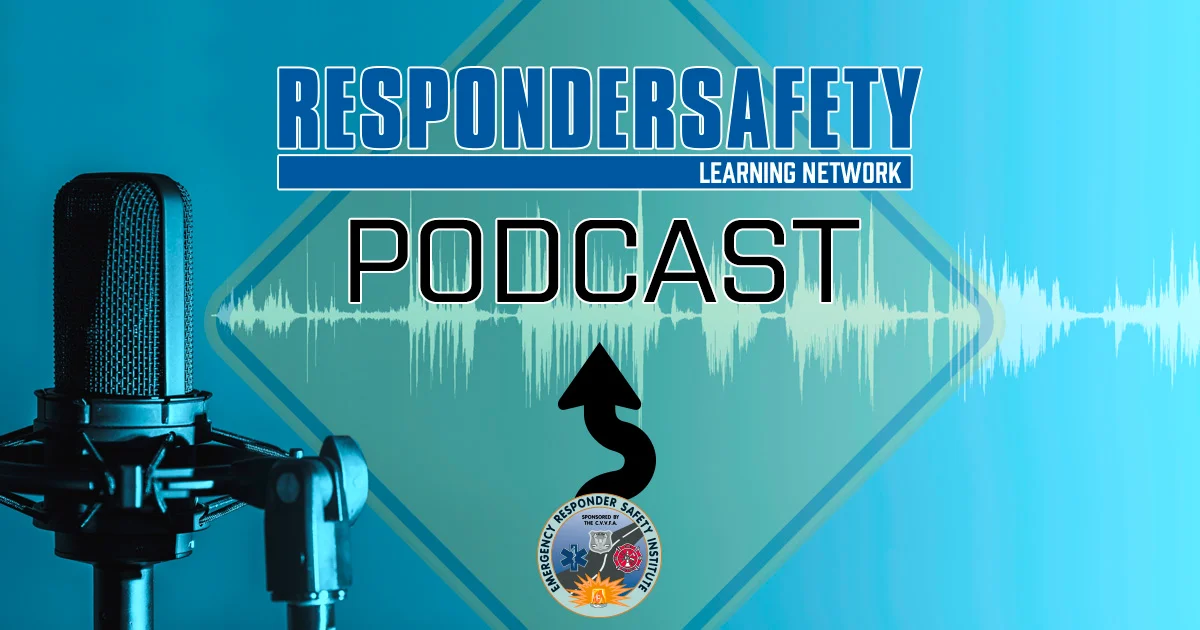
Combating Wrong Way Drivers with Digital Alerting
The Wrong Way Driver (WWD) problem has been an issue for decades, beginning with the development of the U.S. interstate highway system in the late 1950s. For a variety of reasons (alcohol is one of the leading factors, but not the only one), wrong way drivers frequently use an exit ramp to enter the highway. In almost all cases, the drivers quickly realize their mistake and self-correct without any harm being done, but in rare cases the drivers approach or even enter the highway going the wrong direction. In these dangerous situations, the outcomes can result in be catastrophic.
Until recently, DOTs and transportation authorities have primarily relied on static signage to warn drivers who are driving in the wrong direction. In the images below, you'll notice an initial set of red-colored wrong way driver signage at the start of a highway ramp, and another set of signs further along the same ramp.


Images sourced from Google Maps.
Over the last decade, agencies began deploying more sophisticated technology to detect, correct, and warn drivers about WWD events. Companies like Continental, Tapco, and BLUE-BAND are using advanced hardware-based detection systems installed directly in highway infrastructure and achieving meaningful reductions in WWD events. Other companies like Bosch are using software-based GPS systems instead of installing equipment along the roadway.
These new technologies are achieving critical improvements in roadway safety by reducing the number of WWD events. But when a wrong way driver fails to stop and still continues traveling the wrong direction on the highway, the risk of disaster exponentially rises. This presents a difficult challenge to infrastructure operators and highway safety professionals: how do you effectively warn drivers when a wrong-way driver is nearby to prevent a collision?
Digital alerting - the ability to send real-time safety messages and hazard warnings to connected vehicles and devices - will necessarily play a critical role in any WWD safety solution. With digital alerting, highway operators can deliver lifesaving warnings to motorists approaching a wrong-way driver through their connected infotainment system, providing more time to anticipate this dangerous situation and stay out of harm’s way.

Wrong Way Driver digital alert message received by a Stellantis vehicle via Uconnect.
Safety Cloud®, the leading digital alerting service from HAAS Alert, integrates with existing detection systems through a secure API. When a WWD system detects a WWD event, a single API call into Safety Cloud activates a pre-programmed and customizable “WWD Digital Alerting Zone” managed by the DOT or infrastructure owner/operator. In seconds, connected drivers within and approaching the WWD Digital Alerting Zone receive a safety alert in their vehicle infotainment screen or mobile application. In the example scenario outlined below, drivers traveling towards an activated WWD Digital Alerting Zone would be automatically notified in their vehicles. The WWD Digital Alerting Zone would be deactivated when the WWD detection system sends Safety Cloud a “cancel WWD event” message, or after Safety Cloud’s WWD Digital Alerting Zone automatic timeout has been reached, whichever comes first.

Safety Cloud’s WWD Digital Alerting capability is now available on Stellantis’ lineup of compatible Jeep, Dodge, Chrysler, and RAM vehicles with an active Uconnect subscription. DOTs and transportation authorities with any internet-connected WWD detection system should ask their vendor to contact HAAS Alert about adding Digital Alerting to the solution. Automobile and commercial vehicle manufacturers interested in adding WWD Digital Alerting to their connected vehicles should contact HAAS Alert to learn more.
Heading
Lorem ipsum dolor sit amet, consectetur adipiscing elit. Suspendisse varius enim in eros elementum tristique. Duis cursus, mi quis viverra ornare, eros dolor interdum nulla, ut commodo diam libero vitae erat. Aenean faucibus nibh et justo cursus id rutrum lorem imperdiet. Nunc ut sem vitae risus tristique posuere.
CLICK TO DOWNLOAD NOWYou may also like










